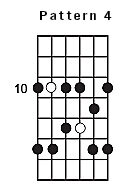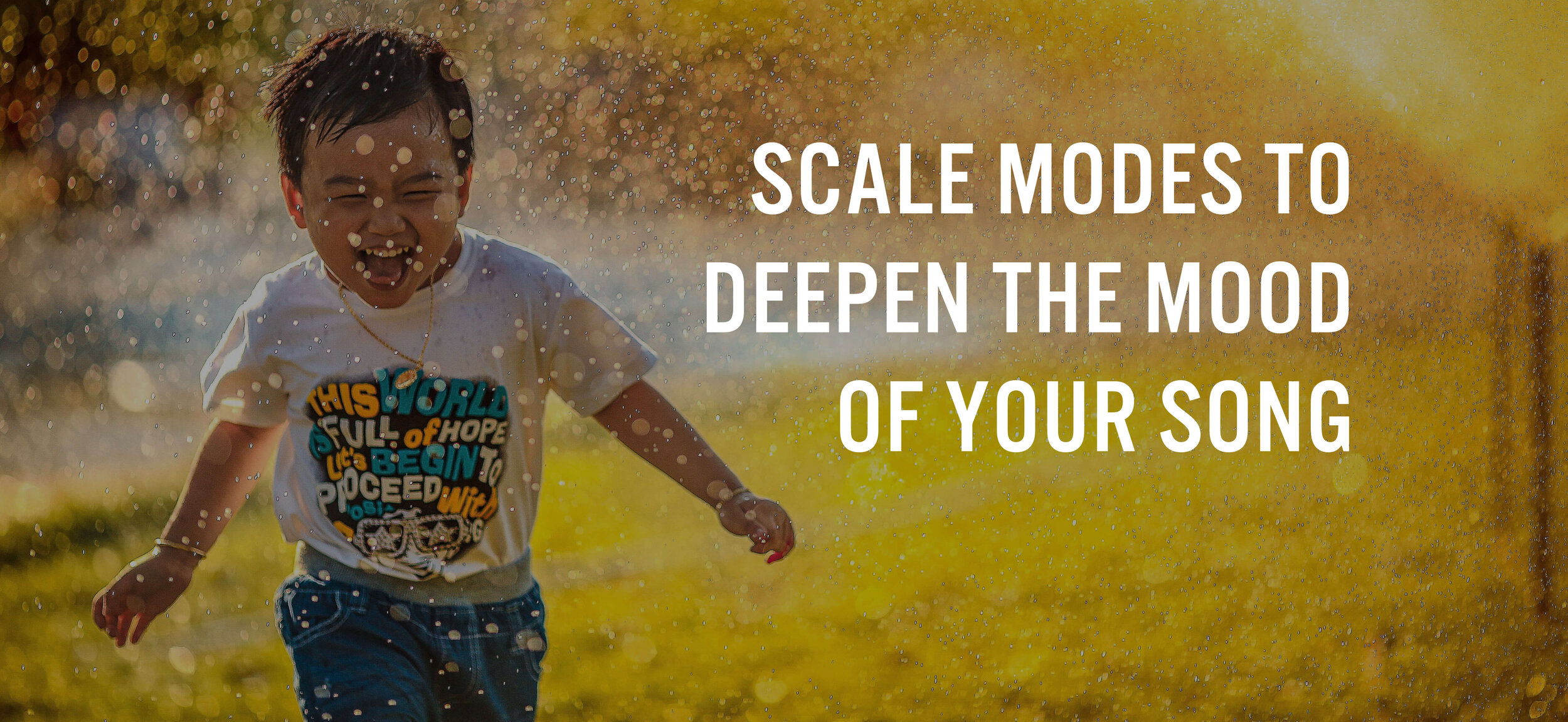If you are a musician / guitarist, you must have likely come across the idea of scales. They seem to pop up everywhere (especially in some of the best solos of all time) and no great guitar player should ignore them.
Whether you are composing solo or jamming with a band, knowing scales and how they interact will allow you to write better music, find great chords and improvise like you knew what you were doing the whole time!
Scales
Scales are simply a grouping of notes known to sound good together. In the western sphere of music that usually means 7 unique notes repeated up and down until no more pitches are available. The first and most important is what’s called the root note, the start of a set of tones and what gives it a sense of home or resolve. On a guitar fretboard, these same notes are reflected all the way up and down, it can be quite daunting to try and memorize where each one is though, which is where patterns come in.
Scale Patterns
Patterns are easy ways to remember scales due to the fact that related notes always form the same “shape” (If you are playing on a traditionally stringed guitar, more information about alternative tunings can be found here). By remembering a set of scale patterns you can use any scale wherever you are on the fretboard.
Patterns can often stretch over 4 frets, therefore, it’s important to have strength in all fingers in order to play them effectively. By using all fingers, your hand can remain comfortable over the majority of notes for extremely easy access and even faster licks!
The Pentatonic Scale
You may be familiar with the traditional western scale consisting of 7 unique notes which are commonly found in almost all music made these days. Pentatonic scales are adaptations of these scales which scales (heh) it back to only 5 notes. The name comes from the Greek word “pente” which, you guessed it, means 5 and is also very commonly found in modern music especially blues, pop and rock. What’s great about this scale is its simplicity, it still has major and minor tonalities and works great over the chord progression and as an improvised solo.
Pentatonic Guitar Patterns
Knowing any one of these patterns will get you right on your way to making your own custom guitar licks at frightening speed but to be really free you need to know all 5. Each adds its own special character despite being in the same key, which makes any melody you play all that more interesting. Be sure to remember at all times where the root note is, as that will likely be the start and end of a particular phrase, giving it a sense of accomplishment before you go on to tear it up for another bar.
Each of these patterns is in the key of g minor but as I said, these patterns can be adapted for every key, all it takes is to move it (and the root note) slightly. If you learn all the patterns really well and move them to different keys you will notice a huge difference in every aspect of your guitar playing.
.
The first Minor Pentatonic Pattern starts with the root note on the 3rd fret sixth string. Each note on the 3rd fret should be played with your first finger, each on the fifth fret with your third finger and 6th fret with your fourth (pinky) finger.
Once you get all the way down to the last note (on the 1st string 6th fret), try playing it backwards and then strum a G minor chord. This pattern and that chord should go together perfectly.
.
The second position starts on the sixth fret and does not have the root note first, which may be confusing at first. Start with your second finger and play all notes on the 8th fret with your pinky because you’ll have to go down to the 5th fret with your first.
.
This third pattern presents an added level of difficulty. While starting with your second finger on the eighth frets, once you reach the second string you will have to shift your positioning up one fret and back when playing it in reverse. Fortunately, this is the only pattern that involves a shift of position.
.
The fourth pattern in the series of G minor pentatonic scales moves up to start on the 10th fret, it involves all fingers lined up to the 13th and does not require a position shift. This is one of my personal favourites.
The final and fifth pattern moves all the way up to start on the 12th fret with your second finger. This, and the first are the only patterns that contain 3 root notes and, in this case, the root on the last note makes a very pleasant finale or end to any melody you might play.
How to adapt to different keys
Playing the minor pentatonic in g minor is a great way to get started, but it is very limited in terms of songwriting, therefore, as stated, it is very important to also know how to move these patterns to different keys. Lucky for us, all you have to do is remember where the root note is! Remember when I mentioned how important it was? In the case of the first pattern, this is especially easy since you are starting with it. For example, playing an A minor pentatonic with the first pattern only requires you to move and start the pattern on the fifth fret.
As always, it is very important to be familiar with all 5 patterns but using this framework it shouldn’t be too hard to find them. For example, if the A minor pattern 1 starts on the 5th fret, where would pattern 2 start? Don’t be discouraged if you have to count out the frets at first, once you get familiar with these patterns and the notes, it will be second nature to play a pentatonic in any key.
Another cool practice tip is combining the patterns, try starting with the first pattern and working your way all the way up the fretboard by going through each one!
Conclusion
To truly make this work in your songwriting and playing, these techniques require lots and lots of practice. Even if you know where the notes are, building muscle memory to complete these patterns subconsciously is another level that will greatly improve your guitar skills.
Some preliminary, structured practice will be required to get the hang of it, but once you are more familiar, playing to a backing track or creating your own interesting licks and solos with the pentatonic scale can be extremely helpful not to mention great fun!
You’ll also find yourself quickly noticing when other guitarists use these techniques in their music, what are some of your favourite solos using a pentatonic scale?
If you’re interested in guitar playing or getting your music recorded and out into the world, check out our services at Jony studios and keep up with our blogs for more great music tips and tricks!
Contact us here to get started.
Do you have any techniques you love? Let us know below!
- By Erik Steiner











